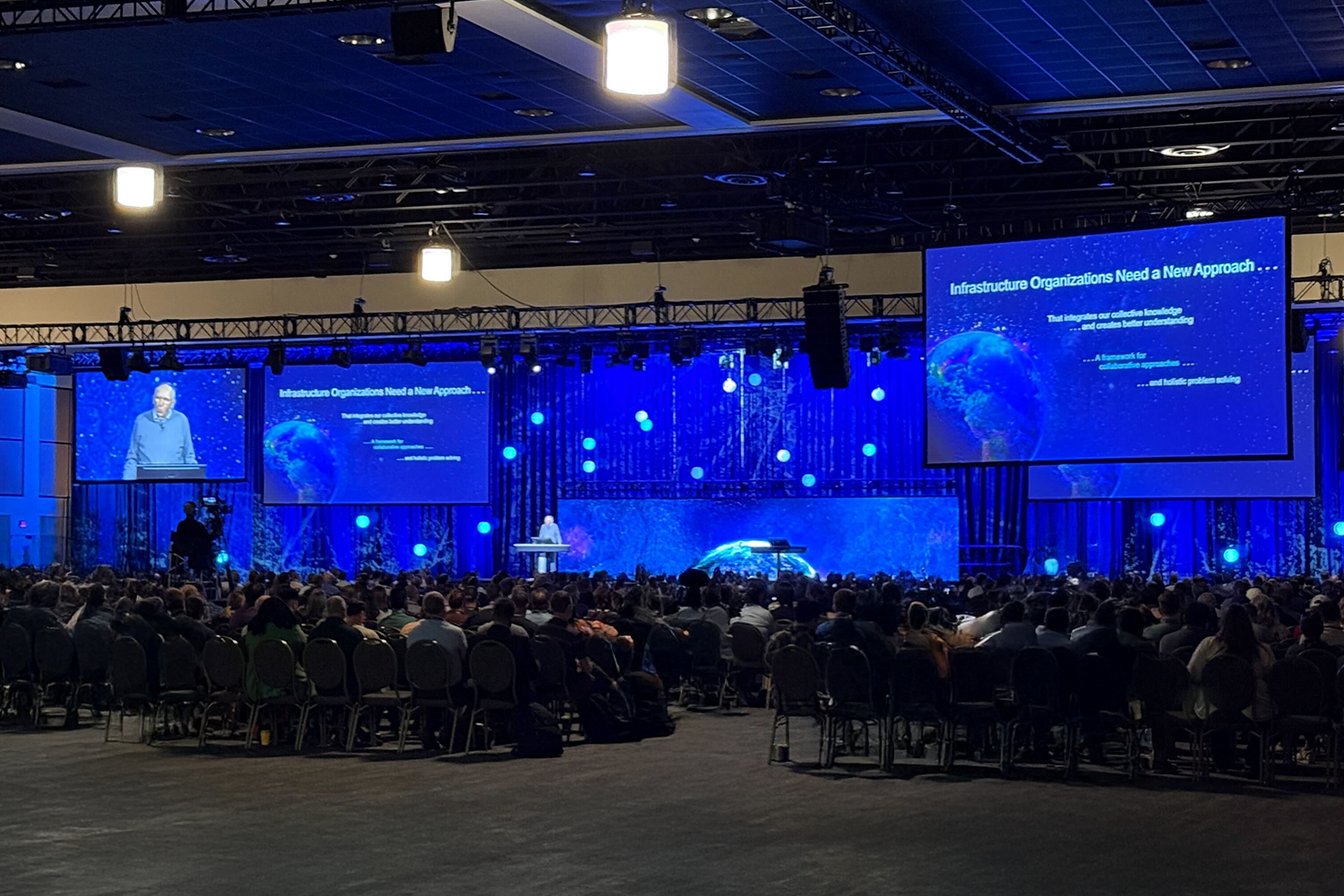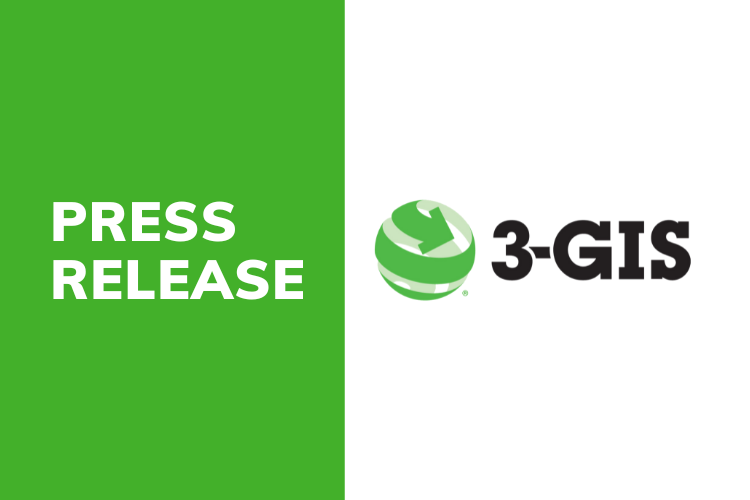One global report estimated that the smart city platform market is set to be worth $292.1 billion by 2028, the primary factor driving this growth being various government initiatives to develop digitised, smart city infrastructure.1 Meanwhile, at a European level at least, FTTH Council reports that full fibre coverage across the continent has reached 74.6%.2 As these two trends converge, the message is clear: the future of smart cities and the expansion of fibre networks are not just parallel initiatives—they are fundamentally connected.
As urban centres evolve into smart cities, the critical role of telecommunications, particularly high-speed fibre networks, is becoming clearer. These cities are not just futuristic concepts; they're rapidly forming ecosystems where infrastructure, data, and technology combine to enhance quality of life, improve sustainability, and streamline urban operations.
What is a smart city?
A smart city uses digital technologies and data to enhance the efficiency of services and infrastructure. These cities integrate information and communication technology (ICT) with physical devices connected to the Internet of Things (IoT) to optimise energy usage, traffic flow, public services, and more. The goal? To create a more liveable, efficient, and resilient urban environment.
From smart traffic management systems and intelligent street lighting to digital public services and predictive maintenance of infrastructure, smart cities rely on vast quantities of real-time data with the ability to transmit, process, and act on that data quickly.
This is where telecoms—and fibre in particular—come in.
The fibre foundation of smart cities
Fibre networks are the digital highways that make smart cities possible. With the rise of connected sensors, cameras, meters, and devices across city infrastructure, the demand for ultra-low latency, high-capacity connectivity has surged. According to a 2023 report by IDC, global data generation is expected to grow at a compound annual growth rate of 23% through 2025, driven in large part by IoT and smart city initiatives.3
Unlike copper or wireless-only solutions, fibre provides the bandwidth and reliability needed to support:
- High-density IoT deployments
- Real-time analytics and decision-making
- Seamless public Wi-Fi and mobile connectivity
- Cloud-based applications and edge computing
In short, fibre isn’t just supporting smart cities, it’s enabling them.
Telco and utility alignment: More than shared infrastructure
Telecom and utility sectors have long operated in parallel, often sharing infrastructure such as poles, ducts, and conduits. But beyond this physical overlap lies a deeper synergy.
Utilities have been early adopters of smart infrastructure—from smart grids to remote monitoring of water and gas systems. These systems depend on reliable connectivity. As fibre networks expand, utilities can leverage this improved infrastructure for faster data transmission, enhanced control systems, and better customer engagement platforms.
At the same time, telecom operators can benefit from utilities' experience managing geographically distributed, asset-intensive networks. Both industries rely on accurate geospatial data, robust asset tracking, and real-time service monitoring.
Smart grids meet fibre networks
A clear example of this synergy is in smart grid deployment. Electricity providers are increasingly digitising their grids to improve reliability, enable distributed energy resources, and reduce emissions. These systems require real-time communication between substations, control centres, and field devices—something that fibre networks are uniquely equipped to deliver.
In the UK, the government’s Energy Digitalisation Strategy highlights the importance of fast, resilient communication networks in achieving net zero goals.4 Fibre plays a pivotal role in ensuring that data from millions of smart meters and grid devices can be collected and analysed quickly and securely.
Planning smarter cities together
As fibre continues to expand—both in urban centres and out to rural communities—telcos have a seat at the table in shaping future cities. GIS-based network management plays a major role here, offering the spatial intelligence required for planning around roads, utilities, zoning laws, and future development.
By collaborating with city planners, transport authorities, and utility companies, telecom operators can ensure their infrastructure is future-ready and aligned with broader smart city goals.
The road ahead: Telcos as smart city enablers
Looking forward, telcos won’t just be service providers, they will be key enablers of the digital public infrastructure that underpins smart cities. With 5G rolling out alongside fibre, edge computing on the rise, and digital twins becoming more common, the need for seamless, scalable, high-capacity connectivity will only grow.
Telecoms that embrace their role as partners in urban innovation—rather than just infrastructure providers—will be best positioned to thrive. This means investing not just in the networks themselves, but in data interoperability and collaborative planning.
Final thought
Smart cities aren’t built by a single industry—they’re built by ecosystems. And within that ecosystem, fibre connectivity is a foundational layer. As digital demands rise, the alignment between telecoms, utilities, and infrastructure planning will become essential.
Telcos aren’t just connecting premises anymore. They’re helping to connect everything.
Citations:
1 MarketsandMarkets. Smart City Platforms Market Report 2023-2028. April 2024. https://www.marketsandmarkets.com/Market-Reports/smart-city-platforms-market-236996337.html
2 FTTH Council Europe. 2025 FTTH Market Panorama. March 2025. https://www.ftthcouncil.eu/resources/all-publications-and-assets/2359/2025-ftth-market-panorama-report-by-country
3 IDC. Worldwide Global DataSphere Forecast, 2023–2027. April 2023. https://www.marketresearch.com/IDC-v2477/Worldwide-IDC-Global-DataSphere-Forecast-33986214/
4 UK Government. Digitalising our energy system for net zero: strategy and action plan. July 2022.https://www.gov.uk/government/publications/digitalising-our-energy-system-for-net-zero-strategy-and-action-plan



